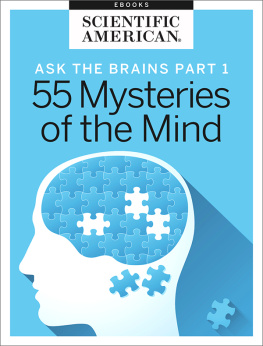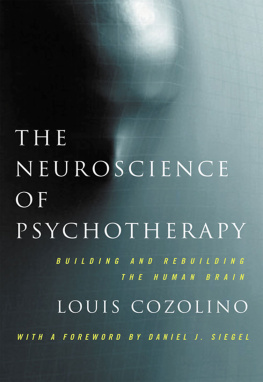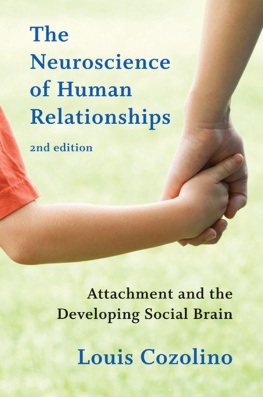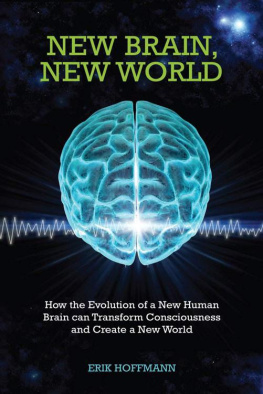The theory of Love.Thomas Lewis, Fari Amini and Richard Lannon
Whats in it for me? Find out what science can teach us about why and how we love.
Usually, when we talk about love, we don't talk about it scientifically. Human love is often seen as a mysterious and irreducible phenomenon that exists outside the cold realm of science, and as one that simply wont yield to its scientific understanding.
Because the subject of love has long been considered the dominion of poets and artists exclusively, we tend to think that scientists have little or nothing to contribute to our understanding of it.
Fortunately, three psychiatrists Thomas Lewis, Fari Amini and Richard Lannon dont believe in this unilateral distinction. In order to address the mystery of love as incisively and comprehensively as possible, they combine their scientific and practical expertise with the rich cultural heritage that artists, poets and philosophers have left for us over the centuries.
In the blinks, youll discover:
how our brain evolved over time to enable us to feel attachment to others;
how our adult relationships are shaped by our childhood experiences;
how psychotherapy can help us rewire our brains, enabling us to develop healthy relationships;
why self-harm reduces severe emotional pain in certain people; and
why its essential that we understand the difference between loving and being in love...
The evolutionary history of the human brain can be seen in its three subsections.
The demystification of human emotions by science is not a recent thing. As early as 450 BC, the Western worlds first physician, Hippocrates, proposed that emotions such as love are a product of the brain.
Even though Hippocrates hypothesis turned out to be correct, it took more than 2000 years before scientists began to closely examine the brain and the effect it has on human behavior.
Today, thanks to the scientific discoveries of the past few decades, our knowledge of the brain has far exceeded that which even the prescient Hippocrates could have predicted.
One such discovery is that of how the human brain evolved over the millennia.
In order to survive, our ancestors had to adapt to their changing environments. This included changes in their brains, which helped them to survive in new climates and conditions.
For example, our distant ancestors were forced by climate change to move from the forest habitat to the dry savannah planes. In order to survive in this harsh environment, their brains had to adapt to out-smart predators and find food. Gradually, step by step, adaptation by adaptation, our established brain structures were transformed.
What evidence do we have to support this theory?
The human brains evolutionary history can be found in its three subsections.
The oldest of these, the Reptilian Brain, sits at the top of the spinal cord and controls our most basic bodily functions and impulses.
Next is the Limbic Brain, situated around the reptilian brain. Here you can find such famous components as the amygdala, which plays a major role in the production of fear.
The development of the limbic brain has been crucial for the evolution of mammals. In contrast to reptiles, it enables them to feel attachment towards their young. As a result, mammals unlike reptiles form close social groups, will protect children or mates and play with each other.
The newest and largest section of the human brain is the Newest Brain or Neocortex. The Neocortex is behind such qualities as reasoning, planning and speaking, and allows us, for example, to make decisions based on careful thinking rather than instinct.
As youll see in the following blinks, this three-part brain schema helps us to understand why our behavior in relationships is often surprising.
Feelings of attachment are the product of neurotransmitters such as serotonin and oxytocin in the brain.
Emotions such as love or attachment feel so powerful and wonderful that we often think they must be the product of something as equally profound and mysterious.
Unfortunately, this isnt true. Love and attachment are, like all feelings, the product of chemicals in the brain, called neurotransmitters.
There are three important neurotransmitters that influence our sense of attachment.
The first is serotonin and its role includes relieving feelings of anxiety and depression.
In some people, serotonin can even reduce the traumatic effects of grief and heartbreak when they lose a person with whom they felt a close attachment.
And for people in unhappy relationships, who cant let go because they fear the feelings of loss, increasing their levels of serotonin for example, by means of anti-depressant meditations such as Prozac can help them to finally make the break.
The second neurotransmitter responsible for attachment is oxytocin.
This chemical is present in high quantity during childbirth and is therefore responsible for the bond between mother and child. However, it also plays a role in the emotion of attachment throughout life too.
In a study of two species of prairie dog the vole and the montane vole Thomas Insel observed that, in adulthood, voles are monogamous: they mate for life and spend much of their day sitting side by side. In contrast, the montane vole, is a much less social creature: their display of attachment behavior is minimal, as they practice promiscuity and often abandon their young.
What could be behind such wildly different behavior?
Insels major insight was that the answer could be found in the brains of the two species and the only difference he found between them was the level of oxytocin.
In the next blink, well take a look at the third important chemical: opiates.
The neurotransmitters known as opiates help relieve physical and emotional pain.
When a child touches a hot stove, he will most likely cry out in pain. Because the child wont want to experience such pain again, hell probably think twice about going near a hot stove again.
The development of a neural system that senses injury was a crucial step in human evolution, because physical damage puts the body at risk of death.
Thus, the feeling of pain helps humans to stay away from anything that could potentially hurt them.
However, although the brains ability to produce pain is crucial to human survival, an equally important ability is that it can reduce pain when it arises.
This is where the third main neurotransmitter involved in attachment comes into play: opiates.
Opiates can alleviate both physical and emotional pain: they help us to feel better when going through emotional trauma and the hardships that follow painful events such as the breakdown of a romantic relationship.
Why do these chemicals perform this dual function?
When the limbic brain was developing, mammals needed the ability to become attached to each other and to deal with the pain that strikes when an attachment is lost.
Since the brain had already developed a system for experiencing and alleviating physical pain (using opiates), this simply was adapted to deal with emotional pain.
Sounds nifty? Well, theres a dark side: this dual role of opiates might be responsible for why some people harm themselves physically when experiencing emotional hardship.
Most teens who cut themselves suffer from overwhelming emotional pain caused by traumatic social experiences.
When they cut their skin, pain signals are sent to their brain. The brain then releases opiates to numb the physical suffering and as a side-effect relieve the emotional pain at the same time. In this way, self-harm might help them to feel better.
Our memories and feelings depend on the connections in the brain that are called Attractors.








